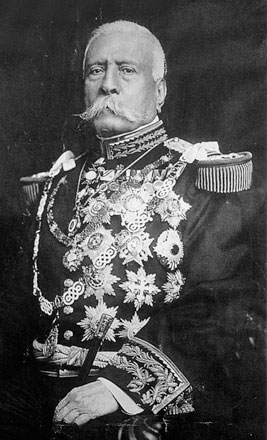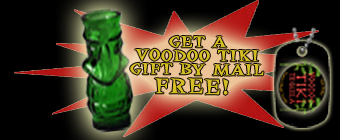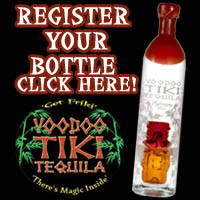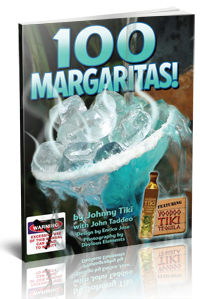The Beginning of the Extraordinary Part 2
Read part 1 of this article here
 Mexico achieved independence from Spain in 1821. But until the 1870s it was a politically unstable country that experienced frequent changes in government, revolutions, and a disastrous war with the United States. Marauding bands of soldiers and guerrillas extracted “revolutionary taxes” and “voluntary” contributions in kind from the tabernas and distilleries. In 1876 a general named Porfirio Díaz, who was from the Mezcal producing state of Oaxaca, came to power and ushered in a 35-year period of relative peace and stability known as the Porfiriato.
Mexico achieved independence from Spain in 1821. But until the 1870s it was a politically unstable country that experienced frequent changes in government, revolutions, and a disastrous war with the United States. Marauding bands of soldiers and guerrillas extracted “revolutionary taxes” and “voluntary” contributions in kind from the tabernas and distilleries. In 1876 a general named Porfirio Díaz, who was from the Mezcal producing state of Oaxaca, came to power and ushered in a 35-year period of relative peace and stability known as the Porfiriato.
It was during this period that the Tequila industry became firmly established. Modest exports of Tequila began to the United States and Europe, with Jose Cuervo shipping the first three barrels to El Paso, Texas in 1873. By 1910 the number of agave distilleries in the state of Jalisco had grown to almost 100.
The collapse of the Díaz regime in 1910 led to a decade-long period of revolution that inhibited the Tequila industry. The return of peace in the 1920s led to the expansion of Tequila production in Jalisco beyond the area around the town of Tequila, with growth being particularly noteworthy in the highlands around the village of Arandas. This period also saw the adoption of modern production techniques from the wine industry such as the use of cultivated yeast and microbiological sanitary practices.
In the 1930s the practice of adding non-agave sugars to the aguamiel, or “honey water,” was introduced and quickly adopted by many Tequila producers. These mixto (mixed) Tequilas had a less intense taste than 100% blue agave Tequilas, but this relative blandness also made them more appealing to non-native consumers, particularly those in the United States.
From the 1930s through the 1980s, the bulk of the Tequila being produced was of the blended mixto variety. The original 100% agave Tequilas were reduced to a minor specialty product role in the market. But in the late 1980s the rising popularity of single malt Scotch whiskies and expensive Cognacs in the international marketplace did not go unnoticed among Tequila producers. New brands of 100% blue agave Tequilas were introduced and sales began a steady growth curve that continues to this day.




